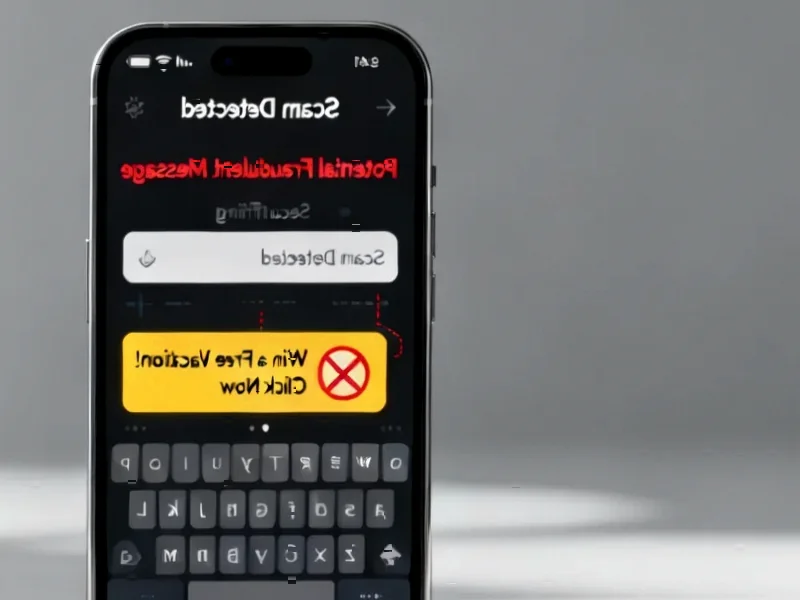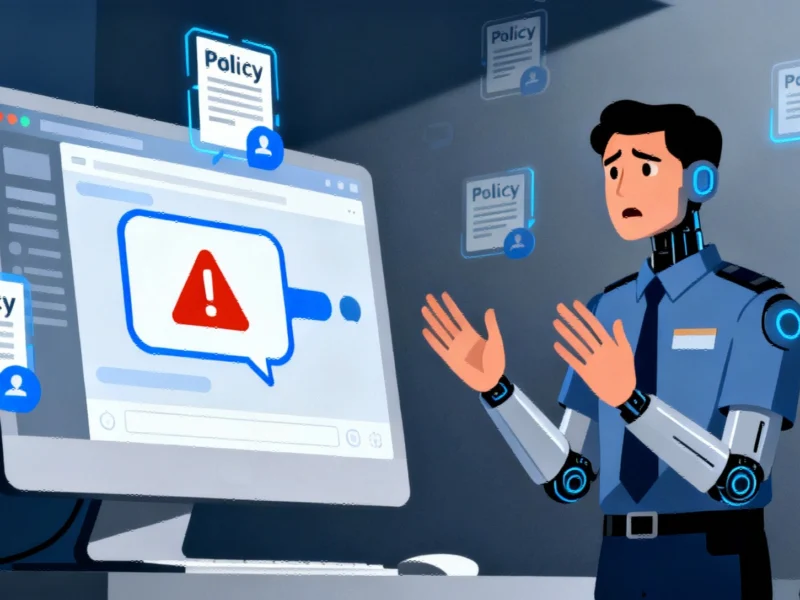According to AppleInsider, Apple plans to roll out Live Translation on AirPods to European Union users before the end of 2025, specifically targeting the iOS 26.2 update expected in mid-December. The feature was originally supposed to launch simultaneously worldwide but got delayed due to Digital Markets Act compliance issues. Users will need an iPhone 15 Pro or newer capable of running Apple Intelligence, plus either AirPods Pro 2 or the upcoming AirPods 4 with Active Noise Cancellation. Current language support includes Chinese, French, German, Italian, Japanese, Korean, Portuguese, and Spanish. AirPods Max owners won’t get access to the feature despite their premium price point.
The DMA Strikes Again
Here’s the thing about the Digital Markets Act – it’s creating all sorts of interesting wrinkles in Apple‘s rollout plans. The company clearly wanted this to be a global launch, but EU regulations forced them to pause. Basically, Apple had to make sure everything complied with the DMA’s requirements around interoperability and competition before they could flip the switch in Europe. It’s another example of how regional regulations are fragmenting what used to be seamless global tech rollouts. Remember when new features just appeared everywhere at once? Those days seem to be fading fast.
The Compatibility Conundrum
Now let’s talk about the hardware requirements, because they’re pretty steep. You need at least an iPhone 15 Pro and specific AirPods models. That’s a significant barrier for many users who might have older iPhones or different AirPod versions. And why no love for AirPods Max? They cost a fortune but can’t handle live translation? Seems like an odd exclusion. Apple’s clearly using this as another lever to drive upgrades to their latest gear. The translation feature leans heavily on Apple Intelligence, which itself requires newer chipsets. So if you’re still rocking an iPhone 14 or earlier, you’re out of luck.
Where This Is Heading
Looking ahead, this feels like just the beginning of Apple’s translation ambitions. The current language list is decent but limited – you can bet they’re working on expanding it rapidly. More importantly, think about where this technology could go. Real-time translation baked directly into conversations without needing to pull out your phone? That’s the dream Apple is chasing. The bigger question is whether they’ll eventually open this up to third-party apps or keep it walled within their ecosystem. Given Apple’s track record, I’m betting on the latter. But the potential here is massive – this could fundamentally change how people communicate across language barriers.




